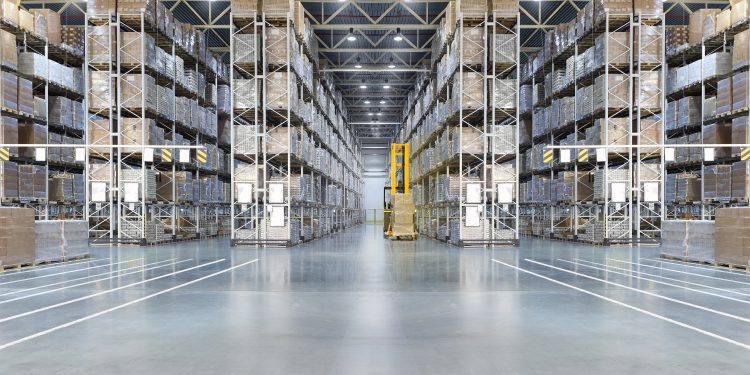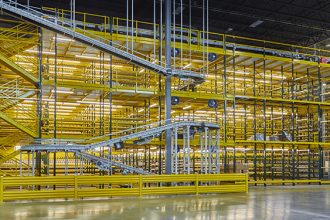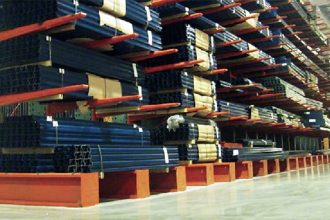Keep Your Racks Safe

Racks are a big investment but also a big hazard if not protected properly. Here’s how to keep them intact and damage free.
It’s a hard and true fact: If you have rack systems in your facility, you are going to experience rack damage. But how serious the damage is will be largely dependent on the steps you take to protect your racking. Essentially, to keep your racking intact and avoid catastrophic damage, you need to invest in high-quality rack guards. If not, the adage “Pay a little now or a lot later,” will unfortunately come to pass.
Rack damage comes from several sources, the most common being truck collision, but also improper loading and installation, pallets breaking on shelves, failure to protect stress points with guards, lack of regular inspections, and delays in repairs when needed.
To stay on the right side of that equation, you need to do a few things, chief of which is to purchase and install upright guards and end-of-aisle guards. There are plenty on the market, but not all are created equally. Cheaper, plastic guards that do not anchor into the floor might last all of a year before they’re too damaged for use. Furthermore, they’re just not a safe option compared to the more expensive, solid structural steel pallet rack guards.
The latter type of guards are not only much stronger and sturdier, but they provide one of the most crucial aspect of guard protection: they are independently anchored to the floor. This ensures that when a lift truck hits the guards, the great forces are absorbed by the guards and not the racks.
These guards are available in a variety of thicknesses, configurations and number of anchor points. Some of the sturdiest can wrap the entire base of your racks and provide four anchor points—with this kind of protection, the guards will take the hit but your racks won’t.
Other important pieces to keep your racks intact and safe include regular rack inspections.
At least once a quarter for a fairly busy warehouse will fit the bill. You can reach out to your guard or rack manufacturer, or a local distributor, for recommendations on inspectors who can get the job done. Qualified inspectors will understand where damage is most likely to occur, identify that damage if it exists, and make recommendations for how to repair those spots in your racks.
Qualified providers can supply you with repair kits if needed. Again, this is an area where finding high-quality products can make all the difference. Avoid rack repair kits that aren’t certified by an engineer or don’t have RMI oversight/approval.


